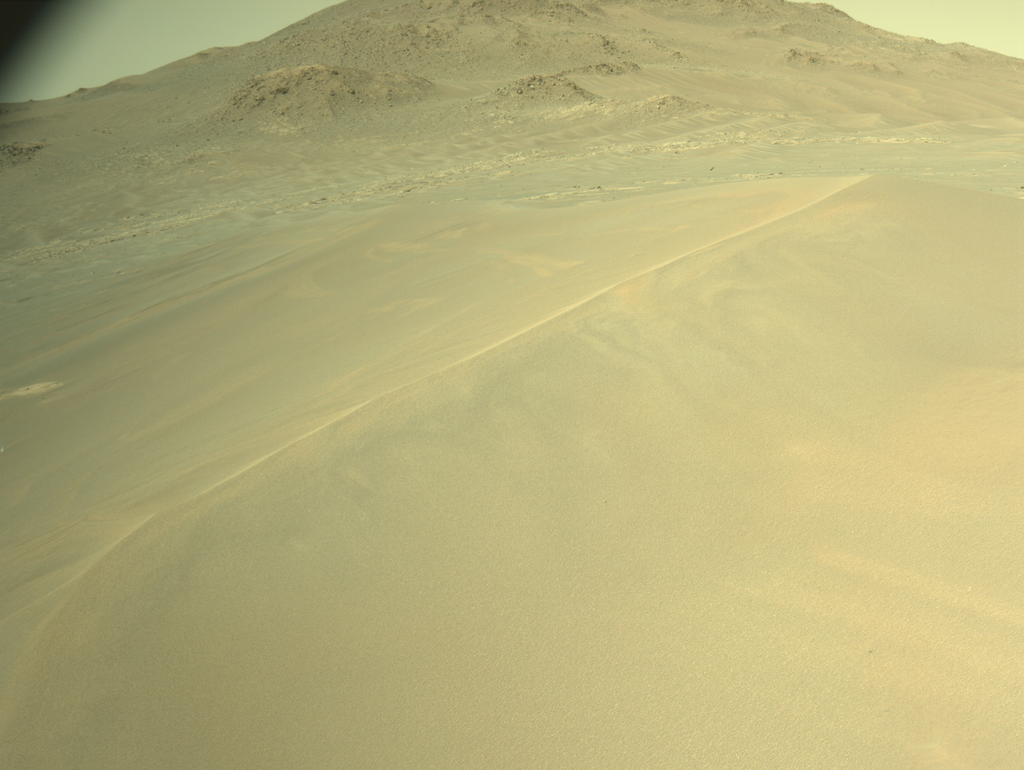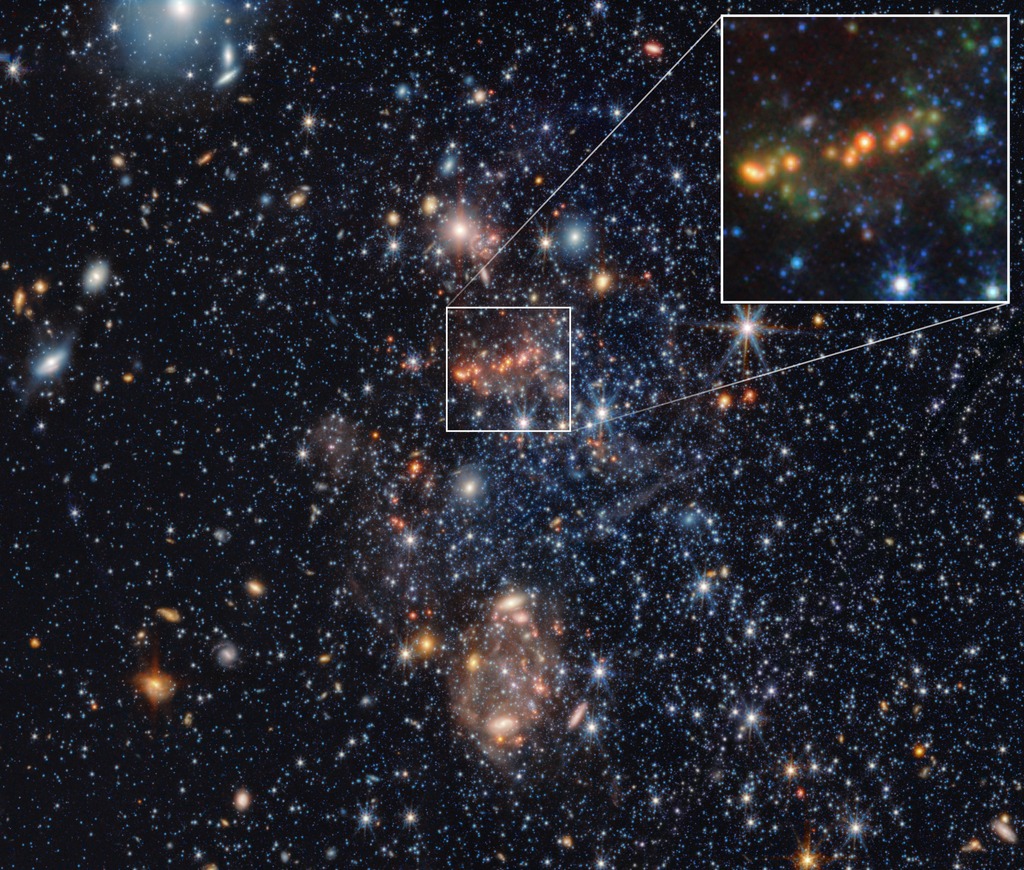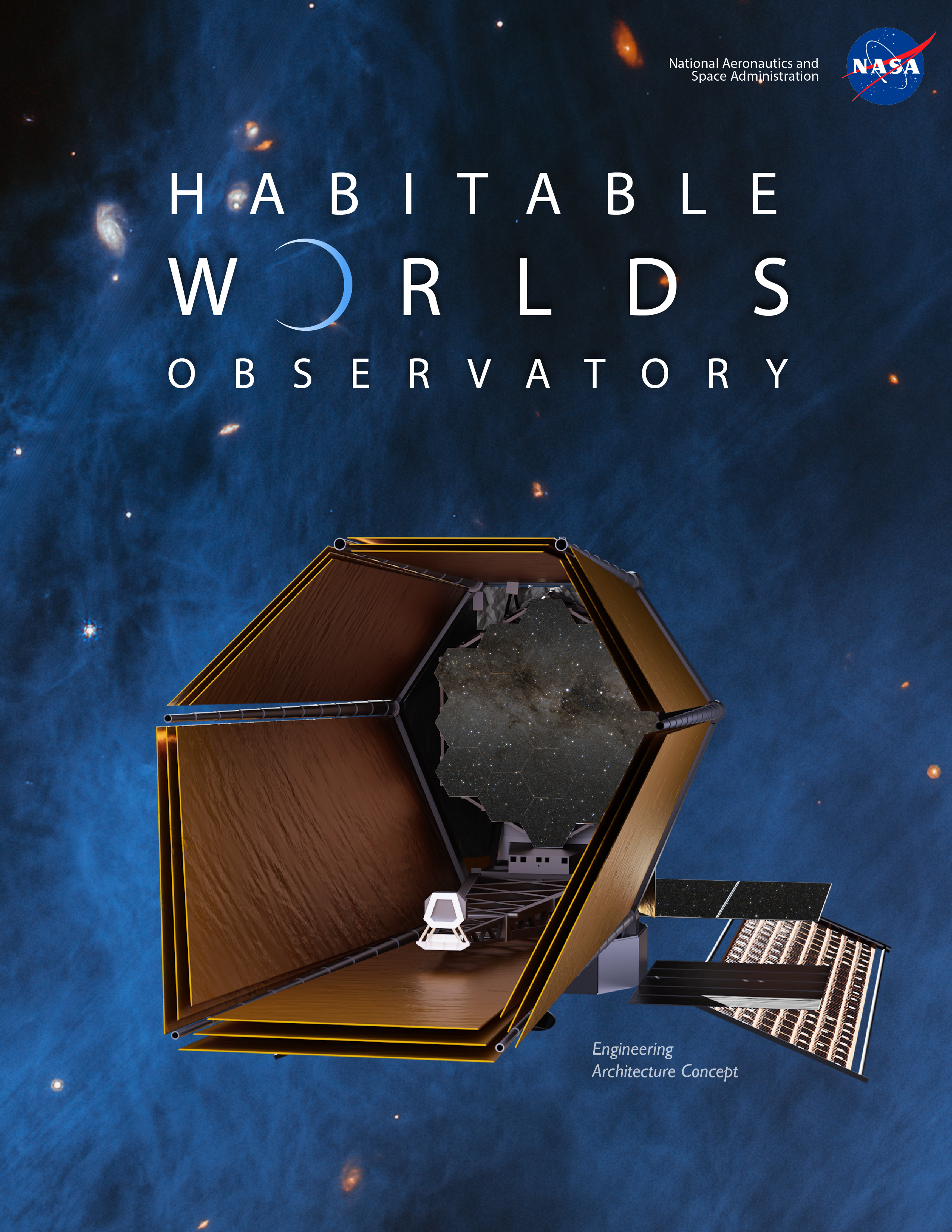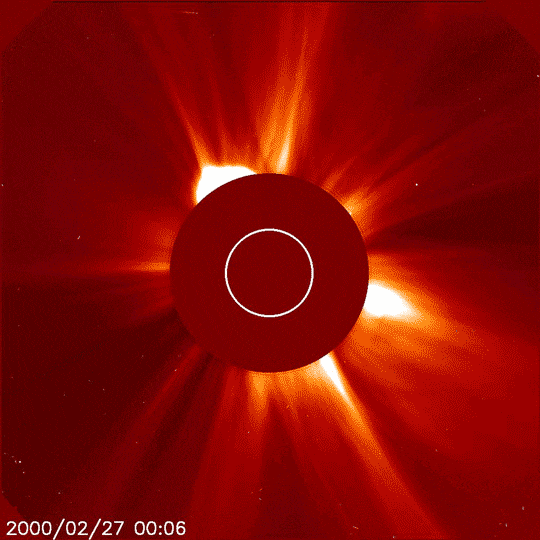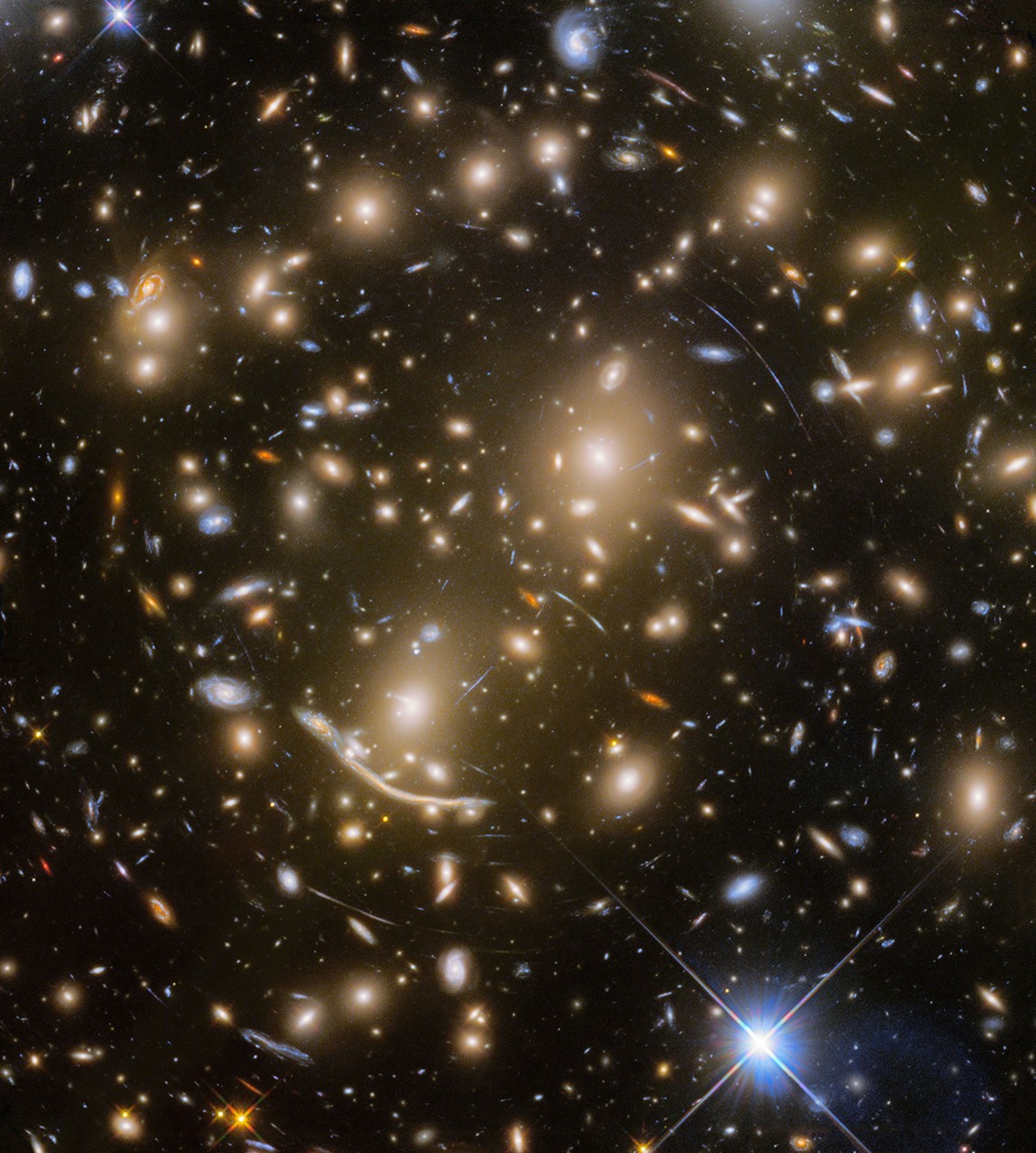
HWO Technology & Engineering
Pushing the boundaries of physics will require new tools to answer big questions.
HWO Engineers identify and assess mission architecture options and aerospace landscape opportunities that may change the approach to HWO’s development and evaluate the risks associated with each option and approach.
Astro2020 Motivations for HWO
The Astro2020 Decadal Survey laid an ambitious vision for the next generation of space telescopes. It highlighted the need for a telescope with a primary mirror between 6 to 8 meters in diameter—large enough to detect faint signals from distant, Earth-like planets and analyze their atmospheres for signs of life. This vision is more than just a wish list; it responds to humanity’s biggest questions: Are we alone in the universe?
The Habitable Worlds Observatory is the answer. Its design builds on decades of engineering and scientific achievements, delivering a robust, reliable telescope to search for life beyond Earth while also exploring the mysteries of the cosmos.
Engineering Architecture Concepts
A short animation of how EACs 1-3 look and operate. The three concepts have deployable barrels that will assist with shielding the primary mirrors from impacts.
It is unlikely that these concepts will be the final design for HWO, but the models help engineers run simulations that will assist them in advancing the technology needed for a state of the art telescope.
Surveying the Trade Space with Engineering Architecture Concepts (EACs)
Creating a space telescope like HWO starts with a big question: What will it take to meet our scientific goals? Engineers approach this by using "engineering architecture concepts." Think of it as creating multiple virtual telescope models, each with slightly different designs. These models are put through rigorous simulations to test how well they could achieve HWO’s mission—like finding habitable planets or studying distant galaxies.
This process helps engineers make informed decisions about trade-offs, such as choosing the best balance between telescope size, instrument sensitivity, and stability. It’s a bit like designing a race car—you need to optimize for speed, safety, and endurance without compromising the overall performance.

meet hwo's tech developments
Servicing HWO - Ensuring a Long and Productive Life
Building a telescope like HWO is a monumental effort, and ensuring it stays operational for decades is just as important. Like the Hubble Space Telescope, which was serviced in orbit to upgrade its instruments and repair issues, HWO will be designed with servicing in mind. This means future astronauts, or even robotic missions, can visit the telescope to make upgrades or repairs, extending its lifespan and scientific productivity.
By learning from the innovative engineering of past missions like Hubble, JWST, and Roman, NASA is crafting HWO with the future in mind. Designing HWO with servicing in mind will ensure it thrives for generations, helping us uncover the secrets of the universe.



